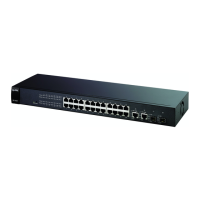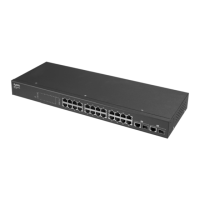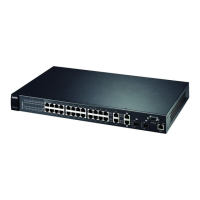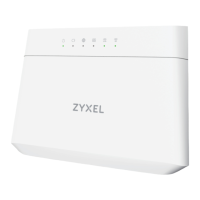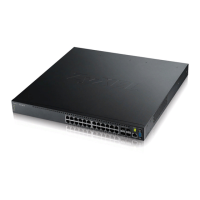ES-2108 Series User’s Guide
121
CHAPTER 15
Link Aggregation
This chapter shows you how to logically aggregate physical links to form one logical, higher-
bandwidth link.
15.1 Link Aggregation Overview
Link aggregation (trunking) is the grouping of physical ports into one logical higher-capacity
link. You may want to trunk ports if for example, it is cheaper to use multiple lower-speed
links than to under-utilize a high-speed, but more costly, single-port link.
However, the more ports you aggregate then the fewer available ports you have. A trunk group
is one logical link containing multiple ports.
The beginning port of each trunk group must be physically connected to form a trunk group.
15.2 Dynamic Link Aggregation
The Switch adheres to the IEEE 802.3ad standard for static and dynamic (LACP) port
trunking. The IEEE 802.3ad standard describes the Link Aggregation Control Protocol
(LACP) for dynamically creating and managing trunk groups.
When you enable LACP link aggregation on a port, the port can automatically negotiate with
the ports at the remote end of a link to establish trunk groups. LACP also allows port
redundancy, that is, if an operational port fails, then one of the “standby” ports become
operational without user intervention. Please note that:
• You must connect all ports point-to-point to the same Ethernet switch and configure the
ports for LACP trunking.
• LACP only works on full-duplex links.
• All ports in the same trunk group must have the same media type, speed, duplex mode and
flow control settings.
Configure trunk groups or LACP before you connect the Ethernet switches to avoid causing
network topology loops.
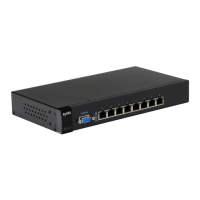
